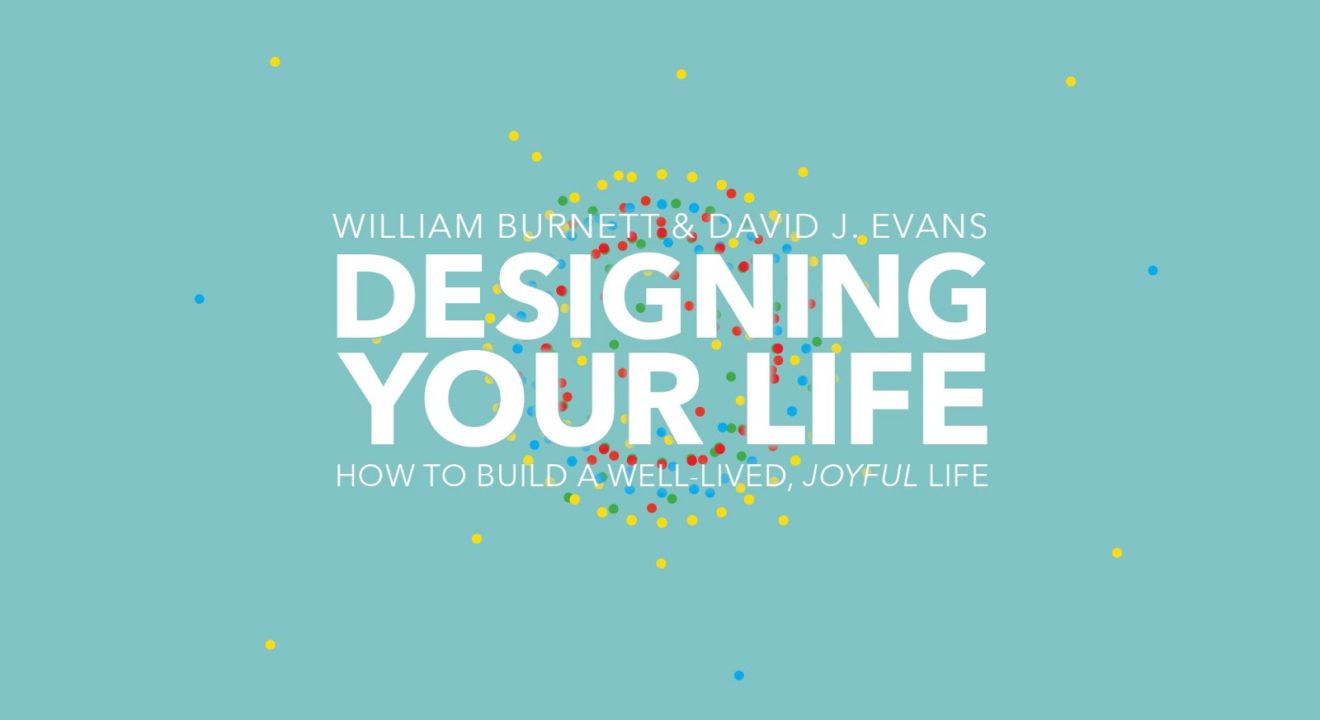Culture January 3, 2019


The New Year is here. In 2019, my goal is to bring more joy and focus to my life by directing my energy towards the people and activities that I value.
One of the tools that has helped me in streamlining my intentions is the book “Designing Your Life: How to Build a Well-Lived, Joyful Life.”
“Designing Your Life” is all about reframing the way you think, and examining how joy fits into what you value and prioritize. Authors Burnett and Evans recommend you start the process of designing your life by keeping what they call a “Good Time Journal” to record what energizes you throughout the day in the categories of: Activities, Environments, Interactions, Objects, and Users.
Part of the exercise they outline in finding joy includes creating a “mind map” where you open space for possibilities to flow. Essentially, you are asked to think of an idea, and then think of five or six words that relate to the idea you’ve chosen. Through this process innovations and choices emerge for you. For instance, let’s say I choose the word “health.” I can then add words that I relate health to such as: yoga, music, art, nature, family, and love to my mind map. Once I have outlined these words that relate to my initial idea, I can think of ways to connect these words and ideas to my daily life. Burnett and Evans encourage you to think like a designer — to entertain various ideas and to not let judgement limit your vision (or multiple visions) of how your life can be.
One of my favorite lines in the book applies to our careers, and the work that we put forth into the world. It reads, “It is not about finding the perfect job, it is about making the job perfect and reframing some of your ingrained thought patterns that get you stuck.” This quote places our work into perspective, and puts power into the hands of the individual to create the experiences that motivate them. Much of Burnett and Evans’s suggested ideation process, such as the one associated with this quote, comes from their work at Stanford where the authors both teach (Burnett is the Executive Director of the Design Program, while Evans teaches Life Design).
In addition to exploring ideation and how our thoughts shape our lives, the book explores emotional intelligence and the notion of Grokking – a word that comes from the book “Stranger in a Strange Land,” about knowing something deeply and completely and trusting your process. Burnett and Evans emphasize that in order to find joy through the path that you create, you must first trust yourself and your instincts.
Once we are comfortable with ourselves and our process, Burnett and Evans also deem a design team of three to six people important to support you in bringing your vision(s) to life. The authors suggest this number, because they believe it’s the number range for real connection, listening, co-creation, and collaboration.
We all want to know that we matter to people, that our work has purpose and contributes in some way to the world. The best way to achieve this is to embrace that a well-designed life is not a noun, it’s a verb. The book leaves us with the advice to be curious and ask questions, try out new things, reframe those attitudes that get you stuck. Burnett and Evans underscore that life is a process of unfolding. They believe that “balanced life” is a myth, and rather than fight reality to achieve this ideal, we should check in with ourselves on our process, and to ask for help when needed.
Designing Your Life: How to Build a Well-Lived, Joyful Life is a transformational read that is serving as a guiding light for my personal and professional projects for 2019. In light of the new year and opportunities that lay ahead, I encourage you to read this book and challenge yourself to design a life that works for you as well.